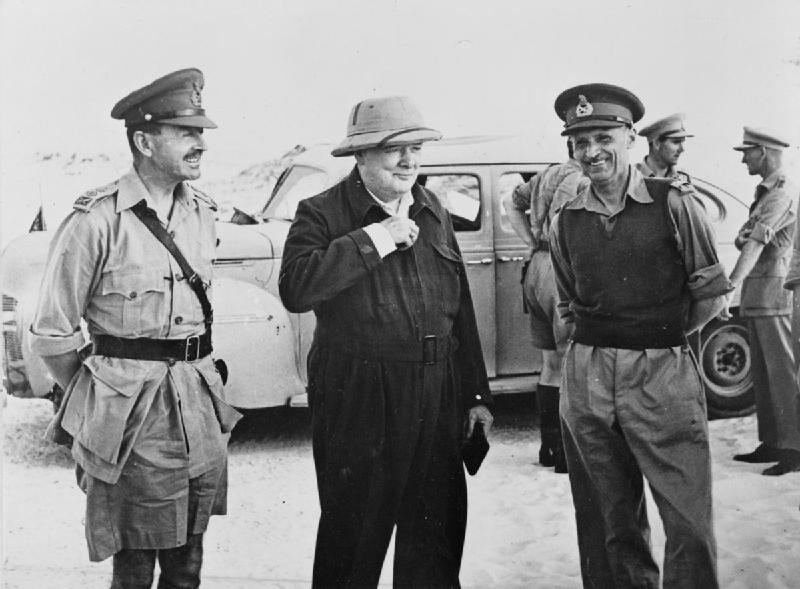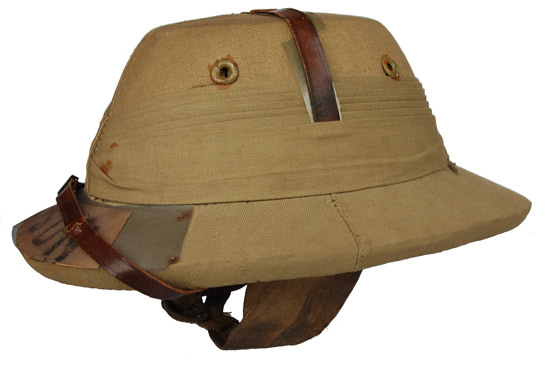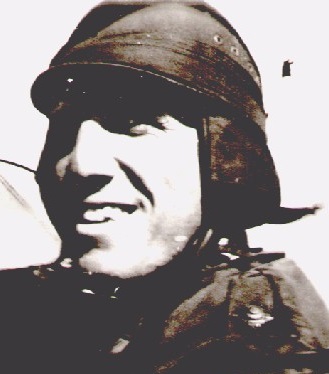 Figure 1. August 1918. The earliest close-up image found of the ‘Cork Aviation Helmet’, taken at the Royal Flying Corps/Royal Air Force, Flying School, Ismailia, Egypt, worn by Second Lieutenant Spaulding. This is the RFC 1917 Pattern, ‘Helmet, Cork Aviation’, externally the main shell is near identical to later versions, with puggaree, four side vents and a typical ‘sun helmet’ ventilation gap between the headband and shell. The outer covering at this time was made-up of four segments of cloth, a front and side seam can just be made out. A large rear brim can be seen shading the neck; however it has a very narrow and thin front peak, at this time these peaks were not part of the cork shell but were attached to the canvas cover. Soon, at least by mid-1919, the design was ‘revised’, adding a complete brim and extending the front peak slightly to help shade the face. After a 1926-27 review the liner and earflap fixings were also modified; it stayed in that configuration up to 1942. The ear-pockets can be seen to be holding large diameter gosport tube earpieces. (Image, see here). Continue reading
Figure 1. August 1918. The earliest close-up image found of the ‘Cork Aviation Helmet’, taken at the Royal Flying Corps/Royal Air Force, Flying School, Ismailia, Egypt, worn by Second Lieutenant Spaulding. This is the RFC 1917 Pattern, ‘Helmet, Cork Aviation’, externally the main shell is near identical to later versions, with puggaree, four side vents and a typical ‘sun helmet’ ventilation gap between the headband and shell. The outer covering at this time was made-up of four segments of cloth, a front and side seam can just be made out. A large rear brim can be seen shading the neck; however it has a very narrow and thin front peak, at this time these peaks were not part of the cork shell but were attached to the canvas cover. Soon, at least by mid-1919, the design was ‘revised’, adding a complete brim and extending the front peak slightly to help shade the face. After a 1926-27 review the liner and earflap fixings were also modified; it stayed in that configuration up to 1942. The ear-pockets can be seen to be holding large diameter gosport tube earpieces. (Image, see here). Continue reading
Category Archives: Aviation
The Flying Sun Helmets
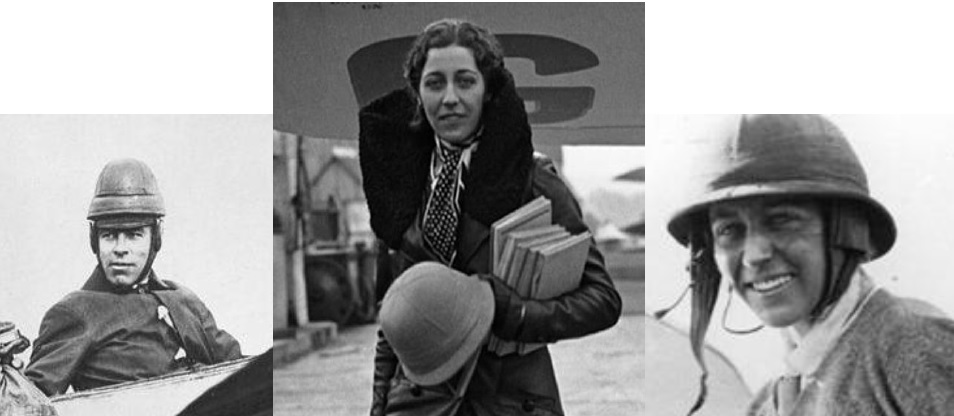 Discussed here are two types of ‘Flying Sun Helmet’; first, a type of cork crash helmet, which used Colonial Helmet construction methods, but whose primary function was protection from impacts rather than the sun, and secondly a true hybrid sun helmet, whose inception was to protect against the sun whilst flying in exposed cockpits in areas where such hats were traditionally used.
Discussed here are two types of ‘Flying Sun Helmet’; first, a type of cork crash helmet, which used Colonial Helmet construction methods, but whose primary function was protection from impacts rather than the sun, and secondly a true hybrid sun helmet, whose inception was to protect against the sun whilst flying in exposed cockpits in areas where such hats were traditionally used.
Although the early 1920s to early 1940s ‘Cork Helmet-Aviation’ (a.k.a., ‘RAF Type-A Flying helmet’ or ‘East of Malta Helmet’) is the best known aviator’s sun helmet, with various examples having been covered on this site by Peter Suciu and Roland Gruschka (Refs. 1 & 2), some earlier flying helmets also owe their origins or construction methods to military sun helmets. Continue reading
A Famous Goggle Type
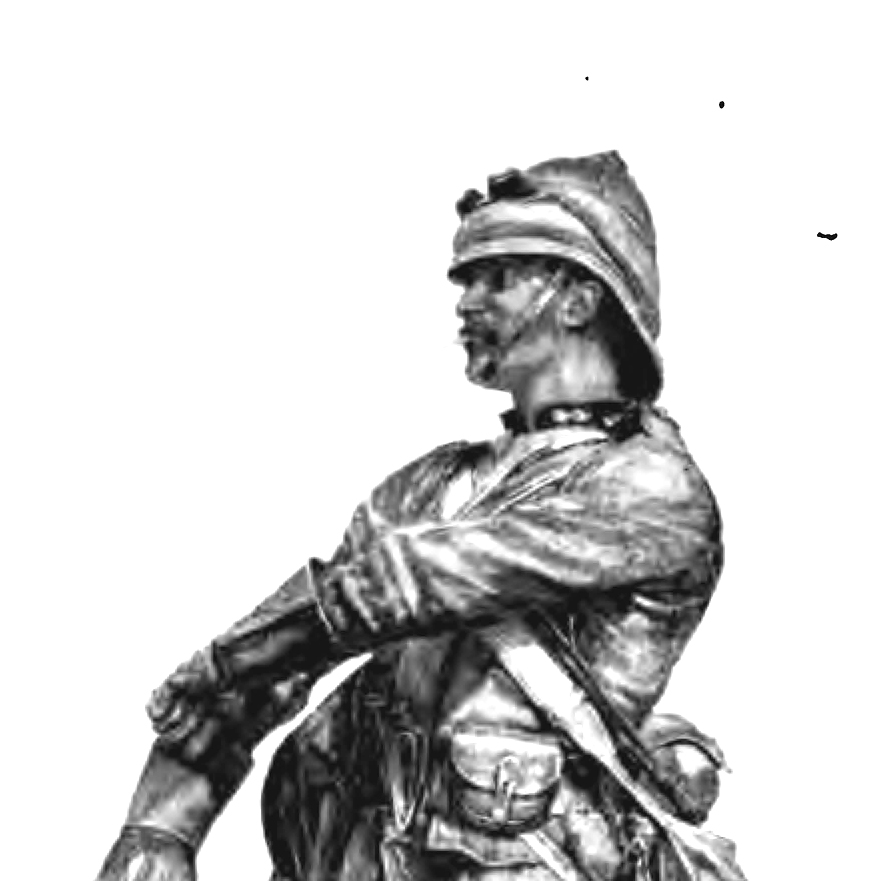 Goggles have been used at least since the American Civil War by Artillerymen and then Railway Engineers. Garnet Wolseley was an observer during that conflict and may have been instrumental in their introduction into the British Army for the Sudan campaigns of 1882-1885. However this article is concerned with “The Newbold Type” used by the British, Americans, Japanese and others. Continue reading
Goggles have been used at least since the American Civil War by Artillerymen and then Railway Engineers. Garnet Wolseley was an observer during that conflict and may have been instrumental in their introduction into the British Army for the Sudan campaigns of 1882-1885. However this article is concerned with “The Newbold Type” used by the British, Americans, Japanese and others. Continue reading
The Bombay Bowler
The Bombay Bowler (BB) is often confused with the Cawnpore Tent Club and Khaki Solar Pith Hat, in fact the latter two are often confused with each other. However, the Bombay Bowler is considerably smaller than the other two. Continue reading
The Fly Girls of the British Empire
Sometimes, research leads to unexpected results. This was the case while trying to find some more photographic evidence for the use of the “Helmet, Cork, Aviation”. Peter Suciu has already written about the two different types of this interwar period Royal Air Force equipment (here) but obviously the helmet was not only used by His Majesty´s Forces but was also popular with civilian users.
The Helmet, Cork, Aviation (22C/13) – Type A Flying Helmet
A lesser known, but still very rare helmet is the inter-war used British Flying Helmet known as the “Helmet, Cork, Aviation (22C/13),” or more popularly known as the Type “A” Flying Helmet. The “helmet, cork, aviation” was introduced in the early 1920s and reportedly issued only to aircrews based east of Malta. Continue reading

